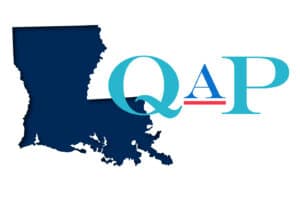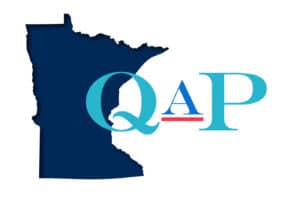The Massachusetts Department of Housing and Community Development has issued the proposed guidance on the new income averaging election for the Low Income Housing Tax Credit program. The Department will hold several information sessions on income averaging over the next month. Given the many uncertainties associated with IA, at this time DHCD will only contemplate approval of IA as the basis for threshold eligibility under Section 42(g)(1) of the Code under the circumstances set forth below.
Projects in Which Income Averaging May be Used; Timing
Use of income averaging requires DHCD consent. DHCD currently contemplates limited use of income averaging, primarily in 4% preservation projects, where income averaging may help avoid displacement of residents whose incomes would not otherwise allow them to qualify for LIHTC units. In other contexts, income averaging presents much more complex legal and policy issues, particularly in the absence of implementing Federal regulations. This is particularly true in the context of 9% credits. Accordingly, at this time, DHCD will only contemplate approval of income averaging as the basis under which a project may qualify as a “qualified low-income housing project” under Section 42(g)(1)(C) of the Act in the following circumstances:
- The project has received a commitment of tax-exempt bonds from MassHousing or MassDevelopment and has sought an allocation of federal 4% credit from DHCD under the 2018-19 (or later) Qualified Allocation Plan;
- The project is either:
a. A preservation project where income averaging will help avoid displacement of existing tenants while maximizing use of federal LIHTC, or
b. A preservation or production project with a workforce housing tier, where there is a material difference between market rents and restricted rents at the 80% AMI level and where the applicant can demonstrate that income averaging is essential to project feasibility; - The project has not yet received its 42(m) tax credit eligibility determination letter;
- The project has not yet made a minimum set-aside election on Form 8609 as to the threshold
eligibility test applicable to the project under Section 42(g)(1) of the Code; - The project has not yet been placed in service; and
- The project does not involve a resyndication of a property previously developed or preserved using LIHTC that is subject to an existing extended use agreement (EUA), if the proposed IA would conflict with the existing EUA minimum set-aside requirements. In general, a resyndication application will only qualify if:
a. The project has completed its extended use period, or
b. Fewer than 100% of the units in the project were LIHTC units and only the non-LIHTC units are proposed to be designated as over-60% AMI units.
DHCD will continue to evaluate the appropriateness of applying IA in other contexts, including projects with 9% credits; however, such projects are not eligible to utilize IA at this time. Projects will also have to meet all federal threshold requirements (these are summarized in the guidance) as well as the following additional threshold requirements as set out by DHCD:
- DHCD will allow up to four of the following AMI designations to be selected at a property utilizing IA: 30%, 50%, 60% and 80%.
- Consistent with the QAP, a property must reserve at least ten percent of its total units for persons or families earning no more than 30% of AMI. Accordingly, each property seeking to utilize IA must at least satisfy the QAP requirements for ELI units.
- Projects with fewer than 60 units will not be approved for IA absent compelling circumstances. While DHCD will examine requests on a case-by-case basis, the following are examples of reasons why DHCD would contemplate IA at a project with fewer than 60 units:
o A project has several current tenants with incomes between 60% – 80% AMI in a location where there is a substantial disparity between rents at 80% AMI and market rents;
o A project has an existing, project-based rental assistance contract that will be renewed for an extended period at the time of financial closing, facilitating marketing and rent-up of units notwithstanding the added complexity associated with having multiple income tiers within the affordable units; or
o A scattered site development includes over-income tenants, and use of IA will enable the project to satisfy IRS audit guide requirements that 100% of units are both income and rent restricted. - In general, the proposal must create additional LIHTC units AND allow for a reduction in use of scarce State resources (e.g., funding from DHCD or another state or quasi-public agency).
- If the project will receive any deferred-payment loans from either DHCD or MassHousing, the applicant must demonstrate that income averaging will generate additional equity, resulting in a reduction in the aggregate amount of state-funded deferred-payment loans. o A portion of any additional equity must be applied to reduce the amount of deferred-payment loans to be provided by state agencies.
o In addition, DHCD will require mandatory payments from project cash flow, to be applied to reduce the amount of state deferred payment loans.
o In no event will DHCD approve an increased development fee as a result of income averaging.
DHCD Additional Criteria Governing Consideration of Income Averaging Proposals
- All projects must satisfy all criteria applicable to projects generally under the QAP and Federal law.
- DHCD will review requests for use of IA on a case-by-case basis, to assess the impact on project feasibility as well as potential benefits to current tenant households with incomes greater than 60% AMI.
- Clear skewing of unit designations is not allowed. Applicants must demonstrate that units at different income tiers will be equitably distributed across the project and among bedroom sizes and unit types.
- Additional documents will be required for for submission to DHCD, which are outlined further in the notice.


